1. Lockable Storage Trunk in the Living Room

At first glance, it looks like a stylish vintage trunk meant for throw blankets or magazines. But if it has a padlock—or worse, a biometric scanner—you know it’s hiding more than extra pillows. People often use these to stash model train parts, cosplay gear, or even niche collectibles like vintage coins. It’s functional, but also a subtle fortress of secrecy.
The placement matters too—if it’s somewhere communal but always kept closed, that’s a clue. It’s a way to keep a hobby accessible but hidden from guests or nosy roommates. These trunks are popular among people who need to keep their supplies neat and hidden but ready to access on the fly. It’s a classic case of “nothing to see here,” which usually means there’s definitely something to see.
2. Extra-Strong Desk Lamp in a Bedroom
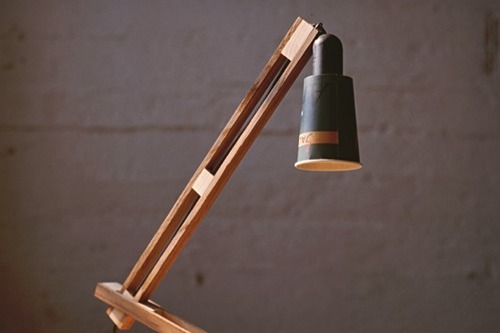
Most desk lamps just light up your late-night emails. But if someone’s got a magnifying lamp with a daylight bulb in their bedroom or home office, they’re probably into miniature painting, electronics, or jewelry making. These lamps offer precision lighting that’s way beyond what’s needed for reading or Zoom calls. Their presence screams “I tinker with tiny things at 1 a.m.”
This kind of lamp is especially popular among scale model builders and stamp restorers. The strong light and magnification help reduce eye strain and improve accuracy for intricate tasks. If it’s not part of a visible workspace, there’s a good chance it gets brought out for secret projects. It’s the kind of tool that hints at detail-obsessed hobbies that often fly under the radar.
3. Foldable Easel in a Closet or Under the Bed
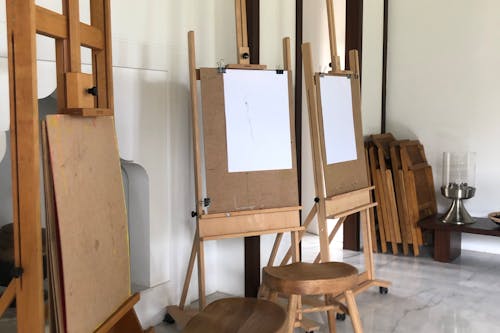
An easel tucked away and not proudly displayed usually means the hobbyist isn’t quite ready to share their work with the world. It’s not just a sign of painting—it could indicate sketching, calligraphy, or even tattoo design practice. The fact that it’s stashed suggests a quiet passion, maybe one that’s still in the experimental phase. Foldable easels are perfect for temporary inspiration attacks.
These are often used by people who don’t have a dedicated art space and want to keep their creative side under wraps. If it’s packed neatly with a drop cloth and unused brushes, that’s a telltale sign someone paints when no one’s watching. There’s something vulnerable about early-stage art, and the hiding spot is half-protection, half-reveal. Like an artistic version of a diary, the easel waits for a quiet moment.
4. Mini Fridge Stocked with Unusual Ingredients
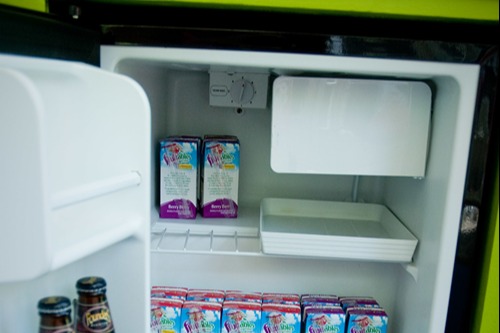
Mini fridges are normal in home bars or dorm-style snack corners—but if one’s full of botanicals, specialty yeasts, or obscure fermenting jars, it points to a secret culinary experiment. Homebrewers, kombucha makers, or people into molecular gastronomy often need temperature-controlled storage. If you spot things like lacto-fermented carrots or ginger bug starters, you’re looking at someone’s private fermentation lab. And they probably don’t want their sourdough starter confused with last night’s leftovers.
These ingredients aren’t usually found in a mainstream kitchen setup, so hiding them in a separate fridge is strategic. It keeps odors contained and experiments safe from accidental disposal. The mini fridge becomes part of a hidden ecosystem supporting a very niche, very specific food hobby. And let’s face it—kombucha scobies don’t exactly make great dinner party conversation.
5. Locked Drawer in a Crafting Cabinet
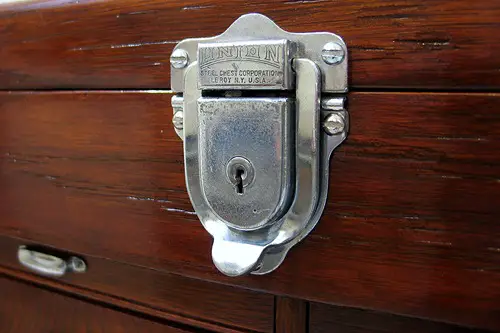
Everyone has junk drawers, but if it’s locked and part of a larger crafting station, you know there’s something more personal inside. It might be a stash of handmade journals, fountain pens, or even origami made with imported washi paper. Locked drawers suggest a blend of creativity and privacy—often found with people who write or make things they don’t yet want to show. It’s a sign of both pride and protectiveness.
In some cases, these locked drawers store “in-progress” work the creator doesn’t want judged prematurely. It could also be an organizational system gone overboard—but that level of control often signals deeper emotional investment. Many hobbyists will lock away high-quality or rare materials to avoid accidental use or loss. It’s a boundary between daily life and a deeply personal outlet.
6. Foam-Padded Storage Cases in a Spare Room
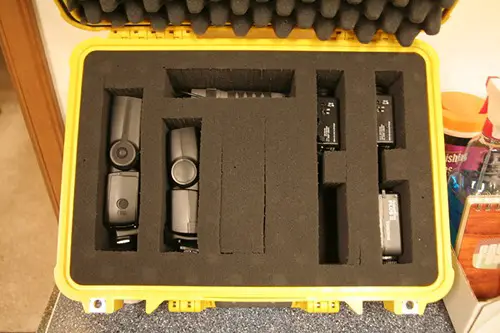
You’ve probably seen these—black plastic or aluminum cases with foam cutouts inside. While they might look like something used for camera gear or tools, they often protect things like collectible card decks, drone parts, or musical instrument accessories. The foam indicates that what’s inside is both valuable and delicate. It’s a low-key way to store gear that doesn’t fit everyday decor.
People into airsoft, tabletop gaming, or modular synthesizers often use these cases to keep things safe and portable. If there’s more than one case, it’s likely the hobby involves travel or competitions. These storage solutions show care and investment, even when the hobby itself is kept out of sight. It’s protective without being flashy—like a padded vault for passion projects.
7. Whiteboard Full of Symbols in a Closet or Garage
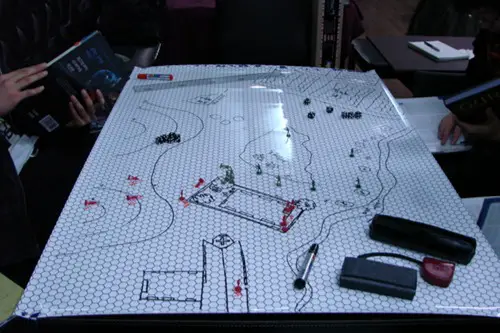
A whiteboard isn’t strange—until it’s covered in obscure notations, color-coded arrows, or fictional maps. That’s a sure sign of a game master, aspiring novelist, or puzzle designer. These boards are rarely meant for public consumption and often get tucked away in semi-private zones. The moment you see a sketch of a dungeon next to a list of character names, you know something’s up.
Closet or garage placement suggests it’s for eyes-only planning. Whiteboards are often a key part of creative workflows where ideas change rapidly and visuals help keep everything straight. If there’s a dry erase marker nearby and the board looks regularly updated, it’s not just decorative. It’s a living part of a secret creative process unfolding in real time.
8. Soundproofing Panels on a Bedroom Wall
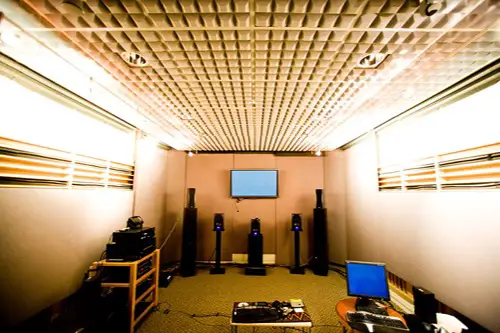
Unless the person is a light sleeper with noisy neighbors, those panels likely have another function. Soundproofing is a dead giveaway for someone doing voice work, music production, or podcasting. The key clue is if the panels are only on one wall or corner—just enough for recording, not for full-room acoustics. That suggests a setup built for function, not aesthetics.
This kind of sound treatment is common among people who want professional-quality audio without announcing it to the world. Many podcasters and YouTubers keep this part of their life hidden until they’re ready to go public. If you see a microphone stand tucked under the desk nearby, the mystery hobby almost confirms itself. Those foam squares aren’t just decoration—they’re a portal to a secret audio world.
This post 8 Interior Items That Reveal Someone in the House Has a Secret Hobby was first published on Greenhouse Black.
